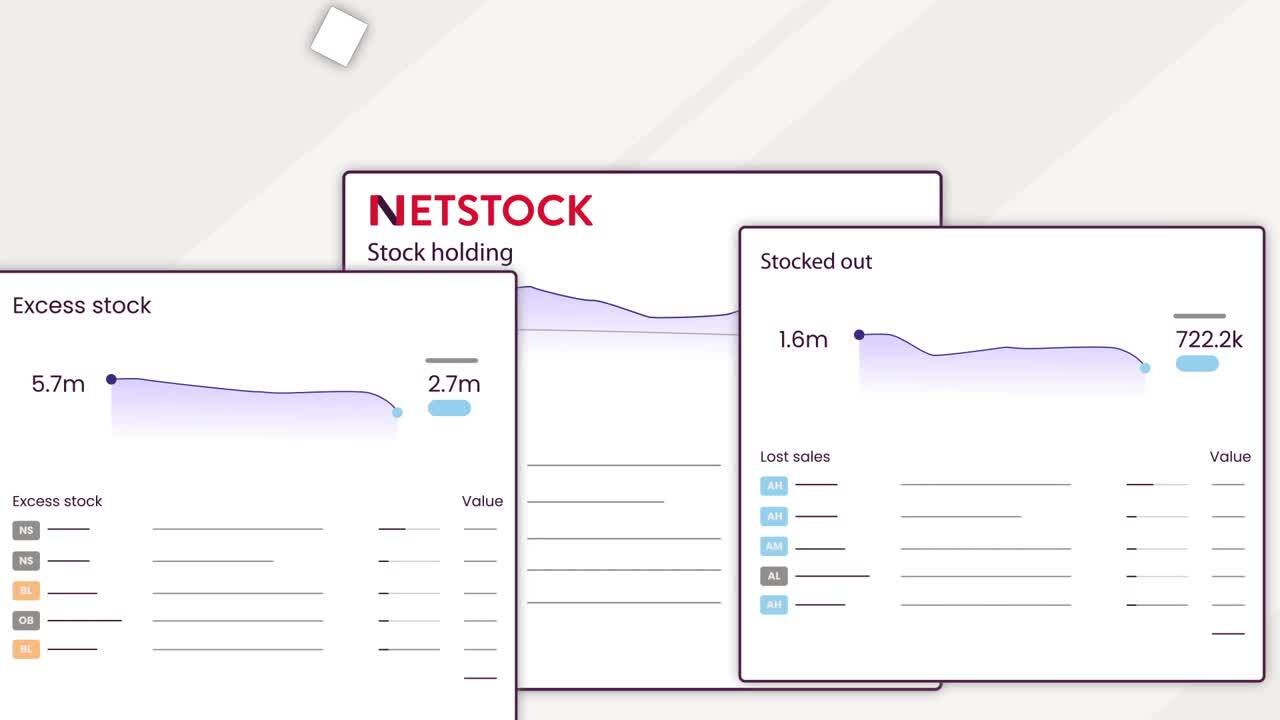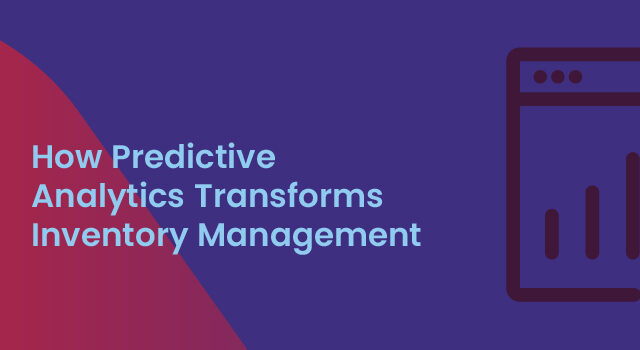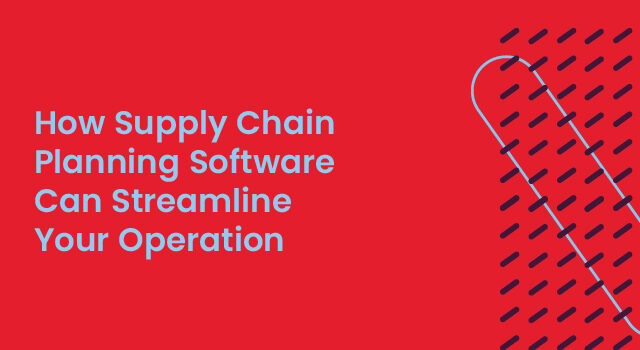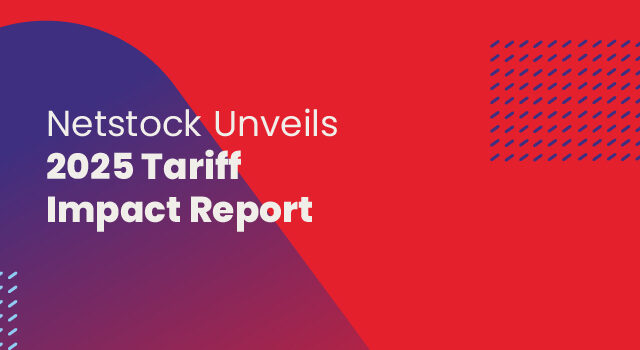A resilient and efficient supply chain starts with effective supplier performance management. It’s the only way to ensure that your suppliers consistently meet your quality, delivery, and cost expectations. A proactive performance management system fosters stronger, more collaborative relationships with suppliers. In a world with complex supply chains, advanced tools, and technologies can help your business to remain competitive.
Understanding supplier performance metrics
Supplier performance assessment is an ongoing process. To initiate it, you need a series of appropriate supplier performance indicators. These metrics must be monitored in real time to enable quick decision-making and address issues as they occur.
Real-time data analysis can reveal top supply chain performers and those that could improve. An efficient supply chain is an operational imperative that results in cost savings and happier customers. Reliable suppliers enable accurate inventory forecasts and secure production schedules. Conversely, unexpected delays, poor quality, and stockouts follow poor supplier performance.
Setting up key performance indicators (KPIs) for supplier performance
All KPIs should intentionally support business objectives. KPIs that align with business goals ensure that all efforts work toward the same goals.
Common supplier performance KPIs:
- Defect rates: Measure the percentage of defective products received to assess the supplier’s quality.
- On-time delivery rate: The supplier’s ability to meet required delivery dates. Supplier delivery performance is critical for smooth operations.
- Lead time performance: Lead time monitoring is vital as shorter lead times contribute to a more responsive supply chain.
- Cost savings: The supplier’s contribution to cutting supply chain costs.
- Responsiveness: How quickly the supplier responds to required changes.
Involve suppliers in KPI development
Suppliers are more likely to commit to the targets when they share in developing the KPIs. Collaboration promotes ownership and accountability for improved supplier delivery performance and stronger relationships. Suppliers excluded from KPI development may perceive the metrics as arbitrary or unfair.
When developing KPIs, engage in open and transparent discussions with suppliers. Explain your business objectives and how the KPIs support these goals. Involve suppliers in setting realistic targets and timelines. Encourage feedback and, if necessary, refine the metrics. Review and adjust supplier performance management KPIs regularly to reflect business or market changes.
Collect and analyze data
Your data collection method must work to review supplier performance objectively. Supplier scorecards work well. Use them to evaluate and compare suppliers based on quality, delivery, and cost. You can also streamline the process with automated tracking.Automated processes reduce the need for manual input and therefore cut down on errors.
Tools and technology
Performance monitoring software provides a centralized platform to track KPIs and consolidate information. Real-time data enables quick responses to reduce the impact of supply chain disruptions.
Netstock’s inventory optimization software automates your data collection and will monitor KPIs like lead times, fill rates, and stock-outs. It uses advanced analytics to provide real-time insights into supplier performance.
Netstock’s dashboard lets you easily monitor your KPIs.
Conducting regular performance reviews
Regular performance reviews are a crucial part of supplier performance management. The review frequency will depend on your business and the criticality of the products. Monthly reviews work well for poorly performing suppliers that supply critical products. Quarterly reviews may serve other suppliers well. Annual reviews are useful for future planning and a long-term review of trends.
A structured performance review should include the following:
- Metric evaluation: Review the KPIs. Compare actual performance against targets.
- Identify issues: Identify areas where the supplier is falling short. Plan corrective actions before the problems escalate.
- Feedback: Constructive criticism is crucial. Acknowledge and celebrate positive performance. Provide clear, actionable feedback on areas needing improvement, and work together to develop an improvement plan.
Offer feedback and collaborate on improvements
It’s important to strike a balance: between acknowledging good performance and identifying areas for improvement in the feedback session. Highlight strengths to reinforce positive behavior and motivate the supplier to continue performing well.
Provide details of areas that need improvement: don’t point out deficiencies without providing concrete examples. Explain how these issues affect your business performance. Frame constructive feedback in a way that encourages the supplier to view any criticism as an opportunity for growth.
Work with underperforming suppliers to develop an actionable plan: start by discussing improvement areas, and use data and metrics from the performance reviews to support your points. Once you’ve identified the issues, work with the supplier to develop a detailed improvement plan. This plan should include measurable goals, actions, and a realistic timeline to achieve the goals. Schedule regular meetings to track progress and adjust the plan as needed.
Continuous monitoring and adaptation
Measure and monitor supplier performance for an efficient supply chain and identify issues before they escalate. Create a feedback loop to promote continuous improvement and keep the supply chain running smoothly.
Regularly reassess and adjust KPIs and review processes to stay in touch with current realities. Measure supplier performance against current, relevant standards. Supplier performance metrics and review processes must adapt to market changes—they may change in response to economic shifts, supply chain disruptions, or evolving customer demands.
Netstock enables continuous supplier performance monitoring and adaptation. Real-time data analytics track KPIs, offering instant supplier performance visibility and Netstock’s automated alerts give you the ability to act quickly to correct problems.
Best practices for effective supplier performance management
Galvanize your supply chain’s effectiveness by implementing supplier performance best practices.
Standardize procedures
Maintain consistent supplier performance evaluation with standardized procedures. You can only separate the best performers from underperformers when you use the same criteria. Netstock supports fair supplier evaluation through a central platform—it collects and analyzses performance data using consistent metrics.
Use predictive analytics
Using historical data, you can begin to identify patterns and trends. Use the information to highlight future risks, like delays, quality issues, or capacity constraints. Predictive analytics allows you to foresee and address problems before they affect the supply chain. Netstock uses advanced algorithms to forecast issues using current and historical data.
Recognize high performers
Recognizing high-performing suppliers boosts supplier motivation and sets a benchmark for other suppliers. Encourage a competitive environment, motivating continuous improvement with high-performance recognition.
How Netstock fulfills these needs
Netstock, a leading demand and supply planning solution, addresses all these best practices for effective supplier performance management. The software ensures consistency across suppliers by standardizing data collection and analysis. Predictive analytics allow businesses to manage suppliers proactively and identify risks before they happen. You’ll be able to use Netstock’s detailed reporting features to recognize and reward high performers.
World-class supply chains don’t happen by accident
Gain a supply chain edge by managing supplier relationships, reducing risks, and driving continuous improvements with Netstock. Benefit from real-time insights and flexibility to enhance supplier management.





